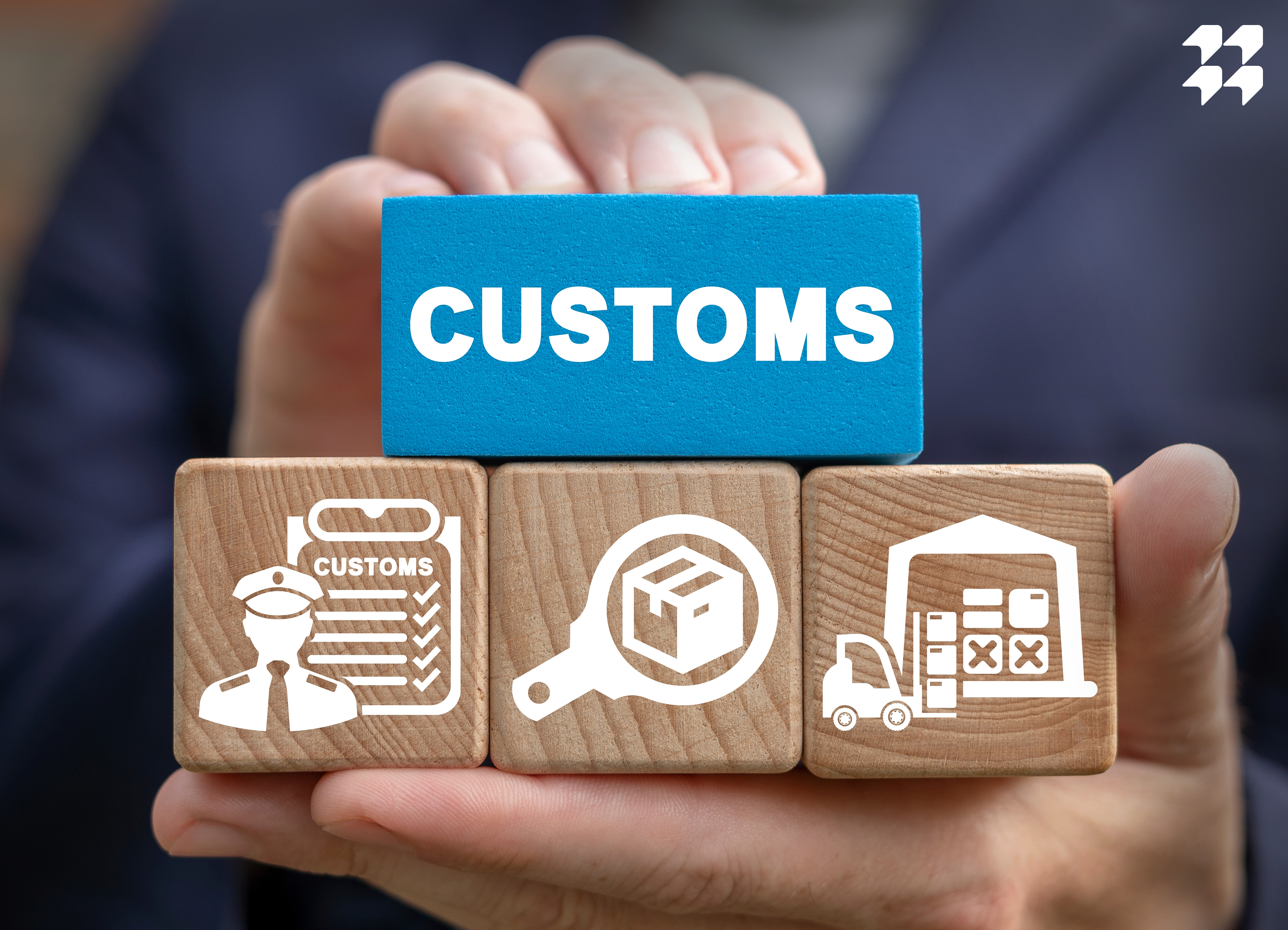A guide to customs clearance for crossborder trade

Technology and innovation have propelled cross-border trade exponentially in the present day. Exporters boost sales by 15 percent or more by extending their product offerings to international customers. International trade can be confusing and tedious as the procedures involved in customs clearance vary from nation to nation and the amount of preparation and documentation required is also different. As trade barriers have been lowered, rules simplified, and new technologies introduced, international trade today is a bit simpler than it was a few decades ago. However, clearance of customs remains a challenge. The following article covers all the relevant questions concerning customs clearance and border security.
Factors impacting the customs clearance
An essential requirement of international trade is to understand the nature of your cargo and the laws, regulations, and customs practices of the country where your cargo will be shipped:
1. The Cargo type
Are the goods you are shipping hazardous (explosives, toxic, radioactive, etc.)? Would you also send food? Are the goods you intend to import/export classified as restricted items (firearms, animals, plants, etc.) in the country of import/export? The goods must meet specific requirements regarding packaging, labeling, declaration, transportation, and storage to allow them to cross international borders. It is prohibited to ship hazardous goods without a Dangerous Goods Declaration. In addition, exporters of food or agricultural produce must comply with the importing and exporting country's safety, quality assurance, and certification requirements.
2. Agreements on free trade
A bilateral trade agreement reduces tariffs between countries, thereby facilitating trade. In a free trade zone, trade is more advantageous. The only condition is that the product must qualify for the tariff reduction. Is it compliant with the rules of origin, for instance? (Rules of origin identify a product's national source and, consequently, whether it is eligible for duty cuts or exemptions or restricted). If your product qualifies, you must provide a certificate of origin. In addition to determining the correct Harmonized System (HS) code for your product, you will need to review the target country's tariff schedule for the applicable customs duty.
3. Customs digitalization
Because most countries are digitizing their customs systems, it is crucial to understand what electronic data interchange (EDI) platforms they use to conduct customs clearance procedures and which activities can only be carried out via these platforms. Importers must submit electronic cargo declarations before they enter many countries and free trade zones. Failure to submit a declaration on time causes a delay in clearance. Shipments and entry bills must be submitted via Icegate, Indian Customs' EDI system
Which rules, regulations, and policies should a seller be familiar with?
1. Trade rules
Different laws govern foreign trade in each country. Foreign Trade Policy (updated every five years), Foreign Trade (Development and Regulation) Act, Foreign Trade (Regulation) Rules, Customs Act, and Foreign Exchange Management Act are fundamental laws that regulate exports and imports in India. Understanding the relevant international trade laws in your target market is essential.
2. Regulations for exports
Despite sounding wholesome, the premium market is much harder to market to. You will also have to spend more on branding, advertising, and approach in addition to a higher budget. A premium audience might not fall for the same tricks a mass audience will. Nevertheless, as they have a dedicated niche, this issue with reverse dropshipping is not a significant concern and can be dealt with experience and time.
3. Regulations governing exchange control
A government-imposed restriction on the movement of foreign exchange. Among the exchange control methods used by countries that have an impact on the import-export business are:
- The letter of credit is an assurance from a bank that the importer will reimburse the exporter the agreed amount. It may be the only way to pay in certain countries.
- Different exchange rates for different categories of imports and exports
By signing clearing agreements, trading countries establish domestic accounts, under which importers pay for goods bought from foreign buyers in local currency, and exporters get paid in their currency.
4. Quotations
There are limits placed by the government on the value or volume of particular goods that can be exported or imported. Quotas are generally implemented to keep the price of these goods low for domestic consumers. Make sure your product can be imported or exported from your target country before you sign a contract.
5. Obtain documents
Clearing customs can be time-consuming. Importers and exporters must submit a range of paperwork, including licenses and certificates, and make sure they're accurate and complete. There is a complete list of documents that you need to know before shipping internationally.

How does customs clearance work?
Due to varying customs practices and regulations worldwide, there is no standard set of guidelines for clearing customs. Moreover, different cargo types are handled differently by various authorities. Following are the most common practices, procedures, and requirements in customs clearance, divided into two stages: pre-departure and post-arrival
1. A pre-departure checklist
-
When exporting or importing:
To export internationally, you must first register with your country's customs department. Once you have registered, you must obtain the necessary licenses and permits.
-
When filing the shipping bill:
This is the first step in the exportation process. The exporter must first examine the HS code, value, weight, and country of origin of the goods. Then, he must determine whether they qualify as restricted, dangerous, or prohibited items or whether they are allowed by the importing country. Depending on the cargo, the exporter might also need to acquire cargo-specific permits and certificates, such as a health/inspection/insurance certificate, dangerous goods declaration, or a consular invoice. The shipping bill application and accompanying documents must correctly contain all of these details.
2. A post-arrival checklist
-
How to file a bill of entry:
Upon arrival in the destination country, the importer or their agent files the bill of entry.
-
How to clear imports:
In the third stage of the verification process, customs checks if the value, weight, HS code, and duty are correct, whether the goods are restricted/prohibited from entering the country, whether any necessary certificates are missing, etc. The goods may be inspected or scanned by customs if they have been red-flagged for any reason. The importer may then be able to take delivery of the goods after paying the applicable duty; if not, the bill of entry might be endorsed with a Pass Out Order.
Conclusion
Shipping overseas should be handled carefully as delays can impact the brand value and increase shipping costs. Shypmax, India’s first Crossborder LPaaS asset-light carrier is providing a reliable shipping solution for Indian merchants to ship their goods to 220+ countries worldwide with ease, efficiency and economically.
Try Shyplite for Free!
Increase shipping efficiency and automate your logistic with pay-as-you-go model.
Get Started for Free